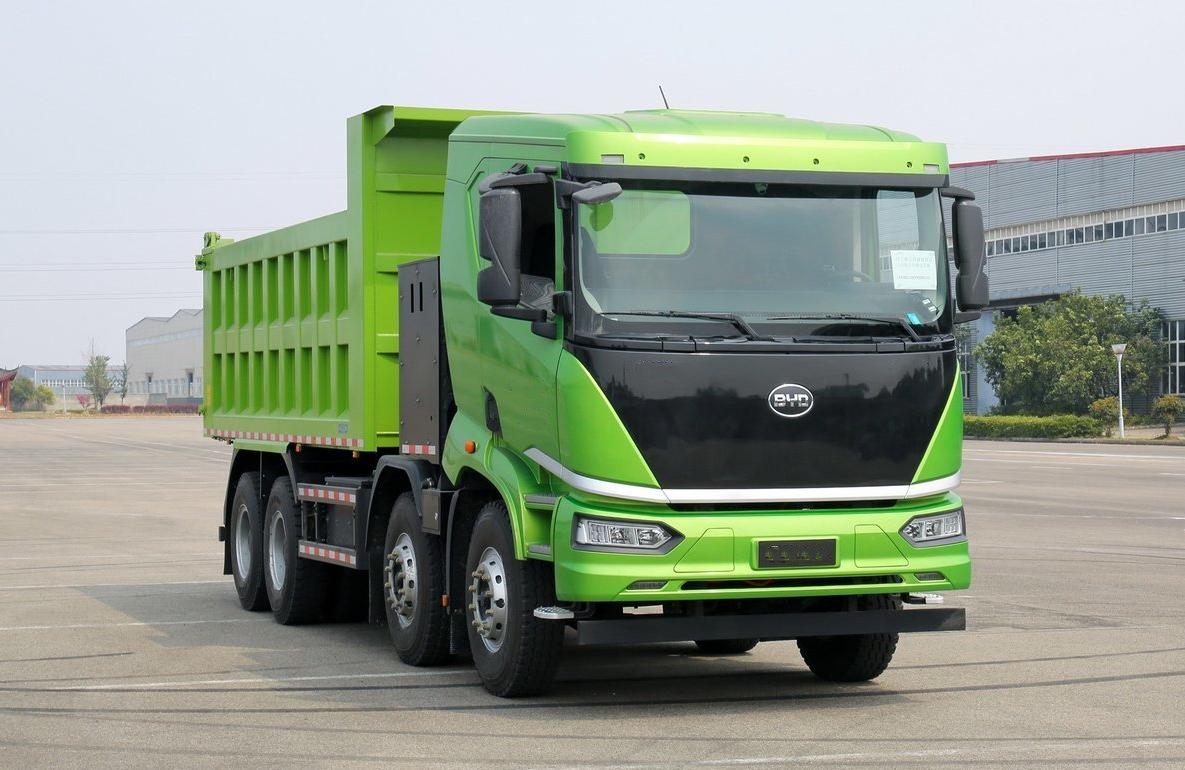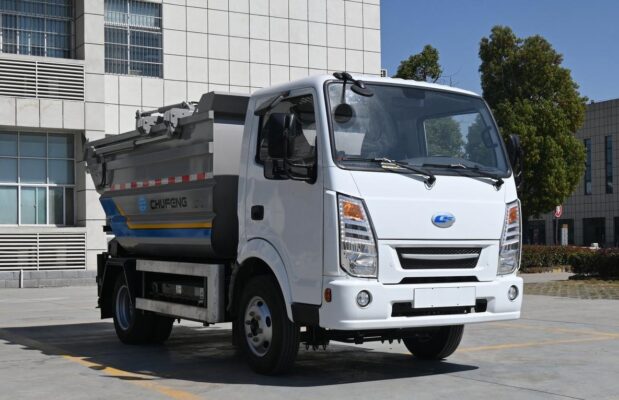Electric Truck News
Why Do Electric Vehicles Produce Fog?
The phenomenon of fog or mist in elektr transport vositasis (EVs) is a common issue that has multiple contributing factors. These factors often stem from the unique operating characteristics of electric vehicles, such as their battery systems, electric motors, and the sealed nature of their powertrains. Understanding the reasons behind this issue is essential for both manufacturers and consumers to address potential comfort or safety concerns related to fogging in EVs. Below is a detailed exploration of why electric vehicles experience fogging and the scientific principles behind it.
1. Battery Heat Generation and Temperature Differences
One of the primary reasons for fogging in elektr transport vositasis is the heat generated by the battery. Like any high-capacity energy storage system, EV batteries produce heat during both charging and discharging cycles. This heat can have several effects:
1.1 Heat Accumulation in the Battery System
Electric vehicle batteries, especially lithium-ion batteries, have a high energy density and can produce a significant amount of heat during usage. While advanced cooling systems are designed to manage battery temperature, there is often a temperature difference between the internal temperature of the battery and the ambient temperature of the vehicle cabin. This difference can result in condensation on cold surfaces inside the vehicle, leading to fog formation on windows and mirrors.
1.2 The Role of Temperature Gradients
When the battery is being charged or during heavy use, the internal components heat up. If the external environment (i.e., the air outside the vehicle) is much cooler than the temperature of the battery or components, moisture in the air will condense when it comes into contact with the colder surfaces of the vehicle, like windows or mirrors. This phenomenon is similar to how dew forms on a cool glass during humid conditions.
2. Electric Motor Heat and Air Temperature Changes
Electric motors, while generally more efficient than traditional internal combustion engines, still generate heat during operation. This heat can also contribute to changes in the temperature of the cabin air, indirectly leading to the formation of fog.
2.1 Heat From the Motor and Inverter
Electric motors in EVs are powered by electricity supplied from the battery, and while they are often more efficient, they still require cooling systems to prevent overheating. As these motors operate, they release heat into the surrounding environment. Bunga qo'chimcha, the inverters, which control the flow of electricity to the motors, also generate heat. This heat, when combined with the cooler air inside the vehicle, can lead to condensation on the vehicle’s interior surfaces, particularly the windows.
2.2 Increased Humidity Levels in the Cabin
When the temperature of the air inside the cabin rises due to the operation of the motor, it can cause an increase in the moisture-carrying capacity of the air. If this warm, moisture-laden air encounters cooler surfaces, it leads to condensation and fogging. This is especially noticeable in the colder months or when the vehicle is parked for extended periods, allowing the inside temperature to drop.
3. High Voltage Battery Chemical Reactions
In electric vehicles, high-voltage battery packs, especially those used in longer-range models, play a crucial role in power storage and distribution. During both charging and discharging, chemical reactions occur within the battery cells that can release small amounts of moisture and gases. These reactions, while necessary for energy storage, can sometimes contribute to fogging:
3.1 Water Vapor and Gaseous Emissions
The process of charging and discharging an EV’s high-voltage battery causes chemical reactions that can release small amounts of water vapor and gases. Masalan; misol uchun, during charging, the battery may release water vapor due to the breakdown of certain chemical compounds inside the battery cells. This vapor then enters the cabin and condenses on cold surfaces, forming fog. The more frequently the vehicle is charged or driven, the greater the amount of moisture produced.
3.2 Impact of Battery Overheating
If the battery is not adequately cooled, it can overheat, accelerating chemical reactions that release more moisture and gases. This not only decreases the efficiency of the battery but also contributes to an increased likelihood of fog formation in the cabin. Therefore, a well-maintained battery cooling system is essential in mitigating these effects.
4. Sealed Powertrains and Cabin Humidity
Many electric vehicles are designed with fully sealed electric powertrains and closed systems to prevent dust, dirt, and other contaminants from entering the components. While these sealed systems are highly efficient in maintaining the vehicle’s performance and longevity, they can also contribute to moisture buildup in the cabin, especially in colder weather.
4.1 Accumulation of Moisture in a Sealed Environment
In an electric vehicle, the lack of a traditional internal combustion engine means that there are fewer opportunities for air circulation around the engine compartment. This is beneficial for energy efficiency but can cause issues with moisture buildup inside the vehicle. Without an engine and exhaust system to vent heat and moisture, the humidity levels inside the cabin can rise, especially if the vehicle is parked for long periods or during long drives. The confined space inside the vehicle can trap humidity, which, when combined with colder temperatures, leads to condensation on the windows.
4.2 Impact of Long Operating Hours
Electric vehicles often operate for longer hours due to the quietness and smoothness of the drive. Extended usage, especially in humid or wet conditions, leads to a greater accumulation of moisture in the cabin. If the vehicle is not equipped with effective dehumidification systems, this moisture can condense and cause fog to form on the windows, obstructing visibility.
5. Cold Weather and Reduced Battery Efficiency
Cold temperatures are a known factor that affects the efficiency of electric vehicle batteries. When EVs operate in cold environments, the internal chemical processes within the battery become less efficient, reducing the overall performance of the vehicle. This can further contribute to fogging issues in the following ways:
5.1 Reduced Battery Efficiency and Temperature Imbalance
In colder conditions, the electric battery’s efficiency decreases, causing the vehicle to draw more energy to maintain optimal performance. As a result, the vehicle’s internal temperature management systems work harder to keep the battery at a safe operating temperature. This additional energy use may cause the cabin temperature to drop, leading to condensation when warm, humid air meets cold windows.
5.2 Condensation from Cold External Environments
Cold weather also leads to greater temperature differences between the interior and exterior of the vehicle. The rapid cooling of the car’s interior after parking can cause moisture to condense inside the cabin, particularly on the windows. As with traditional vehicles, this can occur even more frequently when the vehicle has been used for an extended period, and the cabin temperature has been warmed by the electric motors or the heating system.
6. Conclusion
The production of fog in electric vehicles is primarily a result of the unique characteristics of electric propulsion systems. These include heat generated by the battery and electric motor, chemical reactions inside the battery, the sealing of the powertrain, and the accumulation of humidity in the cabin. As EVs become more prevalent, manufacturers are working on improving air circulation, ventilation, and moisture control systems to minimize fogging issues.
While fogging can be a nuisance, it is a manageable issue that can be mitigated with proper cabin maintenance and care. Modern EVs are often equipped with advanced HVAC systems that help maintain temperature balance and air quality inside the vehicle. However, understanding the technical reasons behind the fogging phenomenon is crucial for improving the driving experience and ensuring that consumers can enjoy a comfortable and safe journey.




